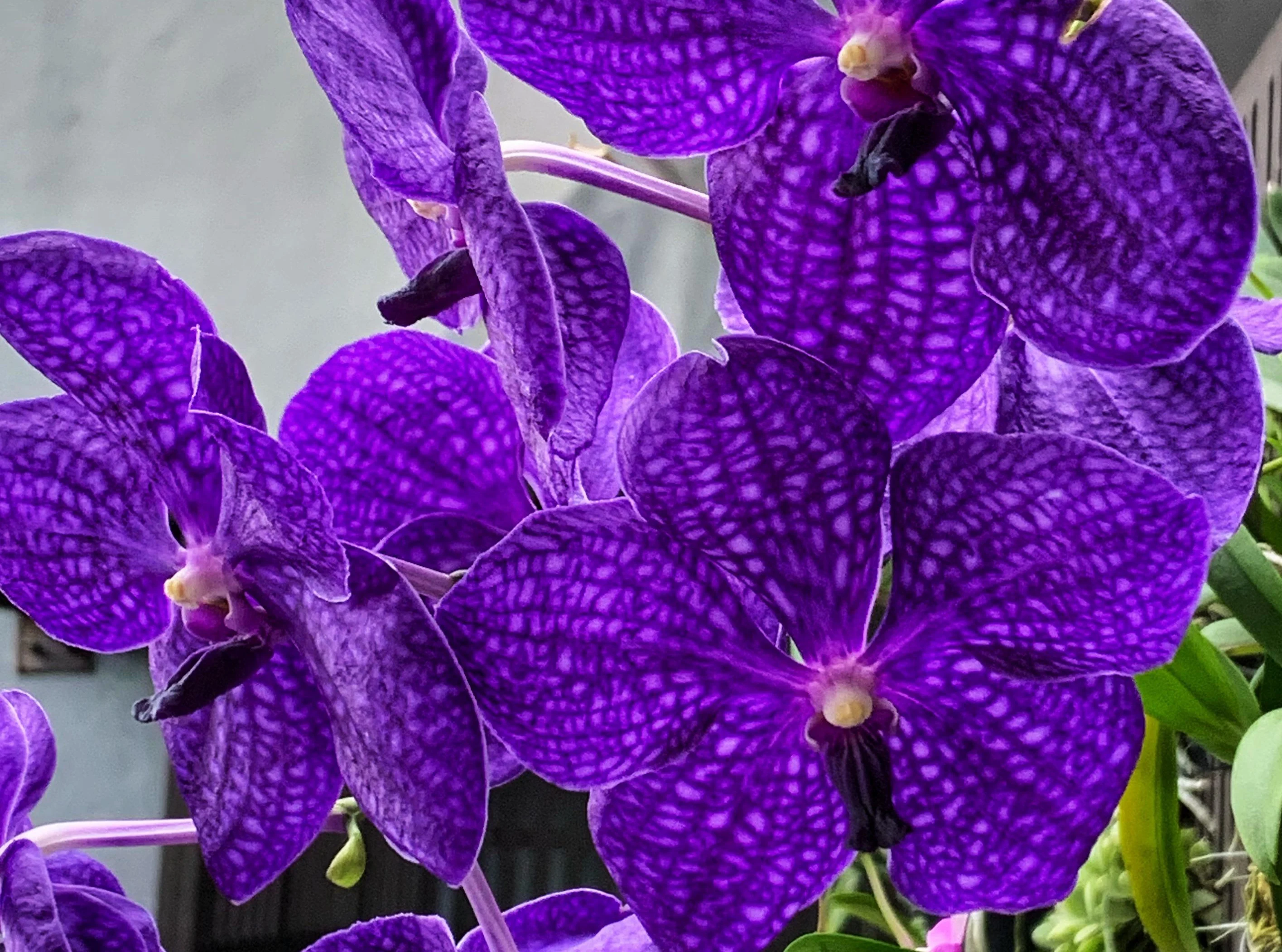Discover the beauty of Vanda orchids, known for their vibrant flowers and unique growth. Learn care tips, types, and interesting facts about this exotic orchid
Vanda orchids are among the most prized members of the orchid family, captivating enthusiasts with their vibrant hues, robust flowers, and fascinating growth patterns. Native to tropical Asia, these orchids have gained immense popularity worldwide, both for their striking appearance and adaptability.
Appearance and Characteristics
Vanda orchids exhibit a distinctive monopodial growth pattern, meaning they grow vertically from a single stem. Their leaves can be classified into three types:
- Strap-shaped leaves: Thick, leathery, and widely spaced.
- Terete leaves: Cylindrical and thin, adapted to high-light environments.
- Semi-terete leaves: A combination of the first two types, offering flexibility in light conditions.
The flowers are their crowning glory. Available in a spectrum of colors like blue, purple, pink, red, and orange, these blooms are often fragrant, long-lasting, and waxy. Their aerial roots, which grow exposed, are designed to absorb moisture and nutrients from the humid air, making them ideal for hanging or mounted displays.
Types of Vanda Orchids
Cultivation and Care Tips
Growing Vanda orchids requires attention to their specific needs. Follow these guidelines for healthy growth:
Interesting Facts About Vanda Orchids
- Vandas are known as epiphytic orchids, naturally growing on tree trunks or rocks in the wild.
- The genus name "Vanda" is derived from the Sanskrit word vandaka, referring to one of its native species.
- Blue Vanda orchids are among the rarest orchids, prized for their natural, true-blue hue.
FAQs About Vanda Orchids
Vanda orchids are a true testament to nature’s beauty and diversity. Their vibrant blooms, intricate patterns, and adaptable growth habits make them a favorite among both novice and experienced orchid enthusiasts. With the right care, these exotic plants will reward you with breathtaking flowers and a sense of accomplishment.


.png)










0 Comments